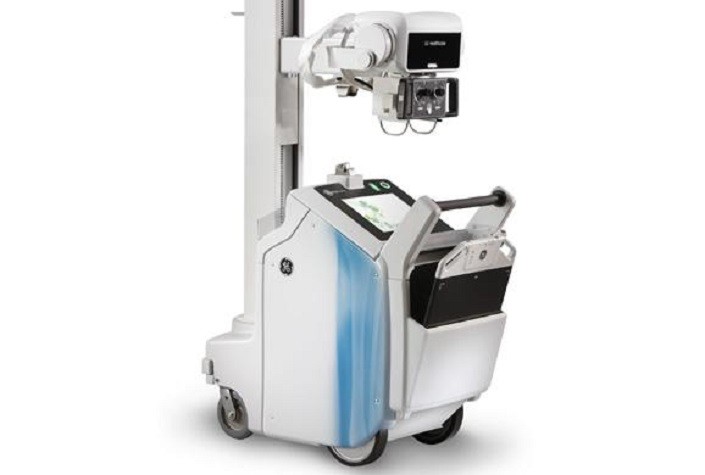Neurorehabilitation is a complex medical process to aid recovery from a nervous system injury, and the neurorehabilitation devices are used to the examination of the brain and the central nervous system and also providing solutions in the field of therapy and diagnoses.
Download Sample PDF Brochure Of Study, Click Here!

The face of neurorehabilitation has progressively changed in recent years. Traditional neurorehabilitation procedures may have limited efficacy in most patients with common neurological diseases, such as stroke, Parkinson's disease, spinal cord injury, severe brain injury, spasticity, and cognitive disorders. New technologies have been reported to enhance the effectiveness of rehabilitation strategies in these conditions. They include robotic-assisted training, virtual reality, functional electrostimulation, non-invasive brain stimulation (NIBS) to enhance the intensity and quality of neurorehabilitation, and to manipulate brain excitability and plasticity, as well as innovative approaches such as assistive technology and domotics. The development of robotic devices for rehabilitation is a fast-growing field. Robotic rehabilitation is also widely used in the context of neurological disorders, where it is often provided in a variety of different fashions, depending on the specific function to be restored.
The development of rehabilitation robots started in the late 1980s. The following decade was a pioneering phase. After the year 2000, the first representatives of commercially available robots appeared. These devices can assist in practicing upper or lower limb movements and motor relearning, and in developing proprioception, cognitive functions, and attention. There is equipment that patients can use to practice the same movements as with the robots, but it does not provide mechanical assistance; so patients have to rely on their own strength. The emphasis is on high repetition, interactive and personalised therapy. The aim is to attain a higher level of function in a shorter time frame. The philosophy of the application of robots in rehabilitation is not to replace the therapist, but to widen treatment options.
The two main goals of therapy with rehabilitation robots are to develop upper limb function and to support gait re-education.




No comments:
Post a Comment